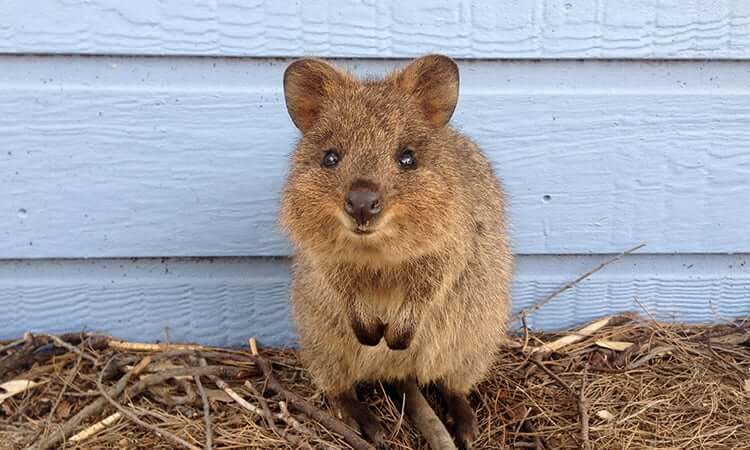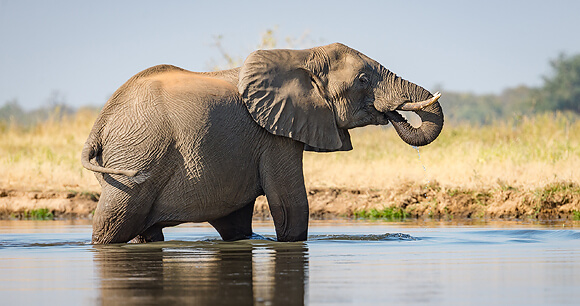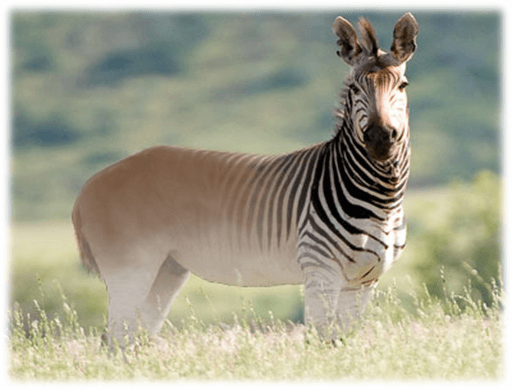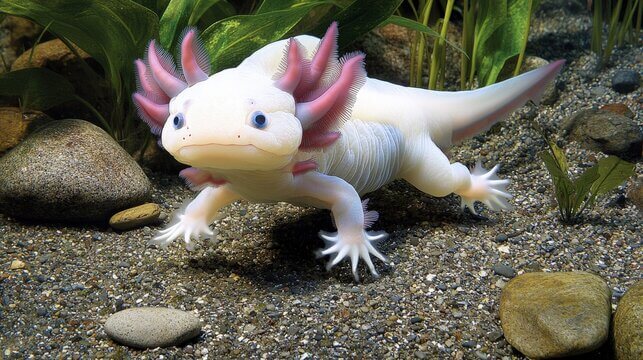Quokka: The Happiest Animal on Earth
The quokka is often called the “happiest animal on Earth” thanks to its friendly appearance and perpetual smile. This small marsupial is native to Australia and has become a beloved icon due to its endearing looks and approachable nature. This article will explore the quokka’s scientific classification, physical characteristics, habitat, behavior, diet, reproduction, predators, conservation status, interesting facts, evolutionary history, and its relationship with humans.
Contents
Scientific Classification
- Common Name: Quokka
- Scientific Name: Setonix brachyurus
- Family: Macropodidae
- Order: Diprotodontia
- Class: Mammalia
- Phylum: Chordata
- Kingdom: Animalia
The quokka is the only member of the genus Setonix, making it a unique species within the kangaroo and wallaby family, Macropodidae.
Physical Characteristics
Quokkas are small, round marsupials with compact bodies and short tails, giving them an almost rodent-like appearance. Here are some key physical traits:
- Size: Approximately 40-54 cm (16-21 inches) in length, with a tail length of about 25-30 cm (10-12 inches).
- Weight: They weigh between 2.5 to 4.5 kg (5.5 to 9.9 lbs).
- Fur: Thick, coarse fur that is brown-gray with lighter undersides.
- Face: Known for their round, smiling faces with dark eyes and small, rounded ears.
- Limbs: Strong hind legs adapted for hopping and smaller forelimbs with sharp claws for climbing and handling food.
Habitat
Quokkas are found primarily in southwestern Australia, particularly on small offshore islands like Rottnest Island and Bald Island. They also inhabit some mainland areas where they prefer dense, shrubby underbrush and coastal heathlands that provide cover from predators.
- Island Habitats: Rottnest Island is the most famous habitat, where quokkas have become a major attraction.
- Mainland: Mainland populations live in dense, wetland areas and eucalyptus forests.
Behavior
Quokkas are primarily nocturnal animals, meaning they are most active at night. They are friendly creatures that often live in groups, which can help provide some protection from predators.
- Social Structure: They are gregarious and often form loose colonies, though not territorial.
- Movement: Quokkas are excellent hoppers, similar to their kangaroo relatives, who can climb small trees and shrubs.
- Communication: They communicate through a series of soft vocalizations and body language.
Diet
Quokkas are herbivores with a diet that consists mainly of grasses, leaves, stems, and bark.
- Primary Foods: Their diet includes a variety of vegetation, particularly grasses and succulents.
- Water Intake: Quokkas obtain most of their water from their food, making them well-adapted to their dry environment.
Reproduction
Quokkas have a unique reproductive strategy that includes the ability to pause their pregnancy, a process known as embryonic diapause.
- Breeding Season: Typically, the breeding season occurs in late summer, around January to March.
- Gestation: The gestation period is about 27 days, followed by the birth of a single joey.
- Pouch Life: The newborn stays in the mother’s pouch for about 6 months, after which it stays close to the mother until it is weaned.
- Reproductive Rate: Female quokkas can give birth twice a year, depending on environmental conditions.
Predators
Quokkas face several natural and introduced predators:
- Natural Predators: Large birds of prey, such as eagles and hawks.
- Introduced Predators: Feral cats, foxes, and dogs pose significant threats, especially to mainland populations.
Conservation Status
The quokka is currently listed as Vulnerable by the International Union for Conservation of Nature (IUCN) due to habitat loss, predation by introduced species, and human interaction.
- Threats: Habitat destruction, introduced predators, and bushfires are major threats.
- Conservation Efforts: Protective measures include predator control programs, habitat restoration, and public education on quokka-friendly behavior.
Interesting Facts
- Self-Defense Mechanism: When threatened, a quokka mother may eject her joey from the pouch to distract the predator, allowing her a chance to escape.
- The “Quokka Selfie” Craze: Quokkas have gained international fame for their “selfies” with tourists, especially on Rottnest Island, though it is important to approach them respectfully.
Evolutionary History
The quokka’s evolutionary history traces back millions of years within the Macropodidae family, which includes kangaroos and wallabies. Fossil evidence suggests that their ancestors were more widespread before climatic changes and human activity reshaped their habitats.
Relationship with Humans
Quokkas have a unique relationship with humans, especially on Rottnest Island, where they have become a major tourist attraction. While they are generally tolerant of humans, it is illegal and harmful to feed or touch them, as human food can make them sick.
Conclusion
The quokka is a fascinating marsupial with a rich evolutionary history and a unique set of adaptations that have helped it survive in the wilds of Australia. Despite facing numerous threats, ongoing conservation efforts aim to protect these endearing creatures and ensure they continue to smile for generations to come. Quokkas remind us of the delicate balance of ecosystems and the importance of respecting wildlife in their natural habitats.
- Are Rottweilers Good With Kids? Reasons & Training Tips - 17 September 2025
- How Long Are Dogs Pregnant: Complete Guide - 16 September 2025
- German Shepherd Doberman Mix: Info, Pictures, Care & More - 11 September 2025







